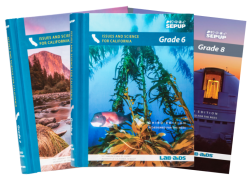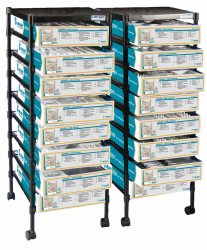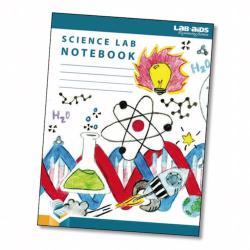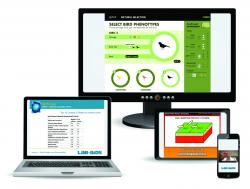
Middle School Courses | California
Issue-oriented science forms the foundation of Issues and Science for California and it is the only secondary science program to do so. These big ideas make the content relevant to students' lives and are anchored in real-world events. They connect the why for students, "Why does this matter?"
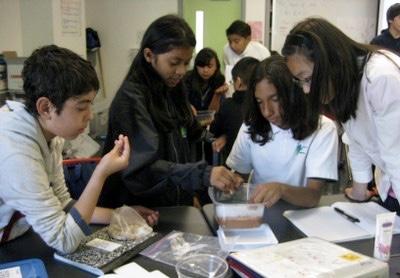
All-Green, All-Gateways
EdReports found Issues and Science to fully meet expectations, earning all-green for standards alignment and usability in Gateways 1-3.
Issue-Based Science | Developed by SEPUP | Lawrence Hall of Science

Connecting the three dimensions
During the development process SEPUP created the Learning Pathway to help visualize the connectedness of the three-dimensions under a Performance Expectation (PE).
The Learning Pathway shows the specific dimensions and ELA standards students will use as they work towards the Performance Expectation at the top. Usually two to four of these (each with their own PE) are bundled into one unit.
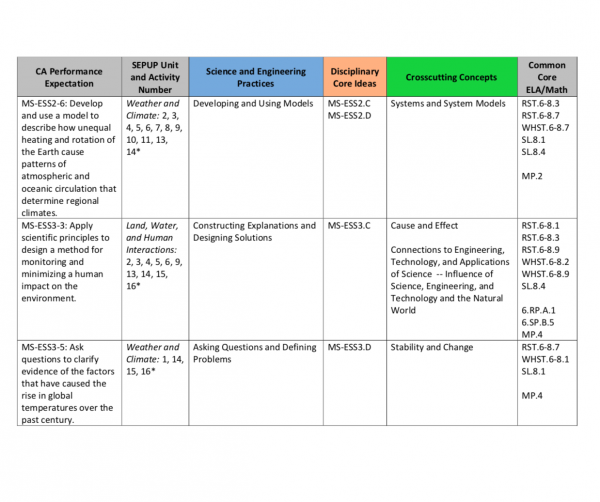
Correlations for California NGSS
This document shows how Issues and Science for California, developed by SEPUP, aligns with the California Preferred Integrated Model for the Next Generation Science Standards and Common Core documents. Issues and Science for California was officially adopted in November 2018 by the California State Board of Education.
Grade Level Courses | Designed for California
Course design
Issues and Science for California is a comprehensive middle school science curriculum. It is unique in that it is not a textbook, but rather a full system with several components that seamlessly work together. Equipment, digital and remote resources, teacher materials, and student materials are all wrapped up in this high quality science instruction.
Watch the video to see the program overview.
Look through a typical unit
Take ten minutes to watch an overview of one unit, Energy, from the 6th grade program Issues and Science for California, developed by SEPUP. The first five minutes covers the unit's anchoring phenomenon, the unit issue, and a brief visit to each lesson, while the second half takes a deep dive into one activity. This is a great way to quickly see how SEPUP's California NGSS units are structured.
Authentically moving to three-dimensional learning and teaching is a significant shift. We think we’ve put together some pretty compelling evidence to reflect the ability of SEPUP’s programs to do just that. Though only sample evidence for each unit is linked above, previews of the entire Issues and Science for California curricula are available on the Portal.
Program Overview and General Layout
Literacy
SEPUP make explicit connections to ELA learning in grade-appropriate, substantive ways and provides embedded strategies to help teachers deepen students' conceptual thinking.
Assessment
Integrated into the programs the SEPUP assessment system sets up ways to collect evidence on student learning and improve performance.
Differentiation
An intentionally flexible approach to all program activity types help accomplish our goal that all students achieve scientific literacy.
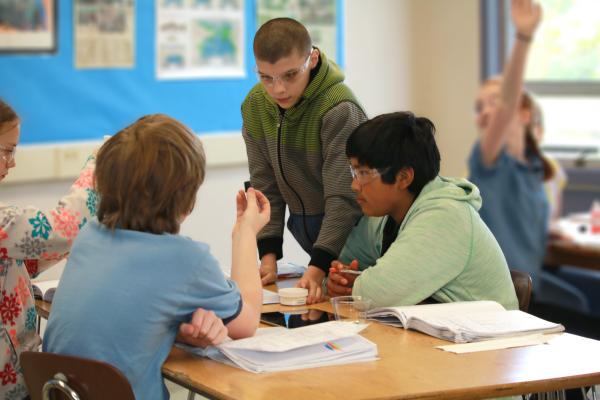
Equitable access to learn
Units are student-driven; consistently fostering student questions and making sure that students feel that their questions are leading the learning experience. All units are designed so that students may demonstrate their understandings and abilities in a variety of ways, including some that don’t rely on English speaking or writing skills.
A complete learning system
Each program component references the others to form a cohesive learning system for teachers and students.
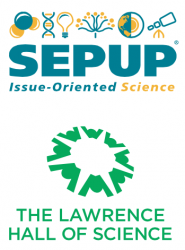
High School Courses | California
SEPUP Science and Global Issues: Biology
Sustainability
Ecology
Cell Biology
Genetics
Evolution
EDC Earth Science
Hydrosphere: Water in Earth's Systems
Atmosphere and Climate
Earth's Place in the Universe
Plate Tectonics
The Rock Cycle
Earth Resources
Professional Development and teacher supports
Build sustainability
Science educators have come to trust Lab-Aids® as a valuable resource for engaging and worth-while professional development - whether it's an on-site implementation training, the Summer Academy to develop internal leadership, or a day focused on new standards or best-practice strategies.
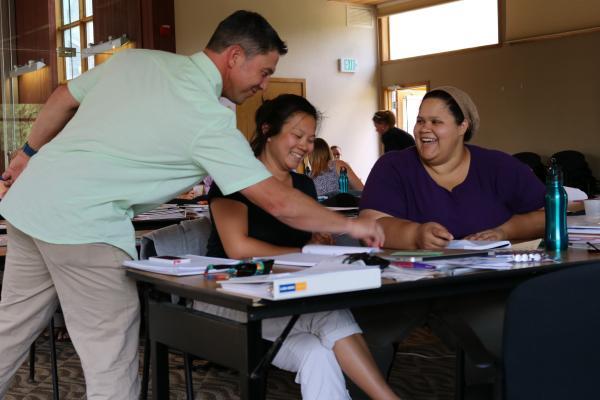
Professional learning is a critical component of any new instructional material implementation, perhaps now more than ever. Lab-Aids® works build internal leadership and long-term sustainability of the program. This professional development additionally supports a deepened understanding of the new standards and how they strive to serve all students.

Want to see a Lab-Aids® specialist get really excited? Ask to see our evidence of NGSS design in our middle and high school programs.
